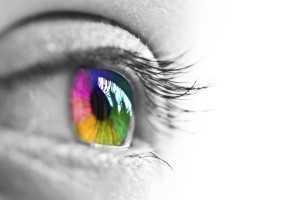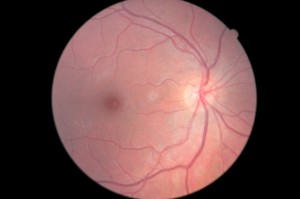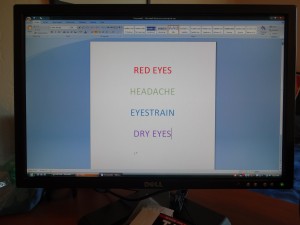
Genes and pigment concentration are responsible for the color of a person’s eyes. High concentrations of melanin result in darker eye colors. Less melanin results in lighter eye colors. A special pigment called “lipochrome,” is responsible for some eye colors, like green.
By far the most common eye color is brown. In rank order the most common colors are:
- 55% Brown
- 8% Blue
- 5-8% Hazel
- 5% Amber
- 5% Grey
- 2% Green
BROWN
The original eye color was brown and is evidence of a high concentration of a pigment called melanin in the iris stroma (the spongy part).
BLUE
Most caucasian babies are born with blue eyes; this color typically changes into the “adult” color after 6 months based on melanin concentration and exposure to the sun. A genetic mutation allows some humans to keep their blue eyes as adults. Blue eyes are the result of the back layer of the eye being dark and the middle spongy layer called the stoma lacking pigment.
HAZEL
Hazel eyes are the least understood and are thought to have originated in Europe. Some scientists believe that hazel is a mix of green and brown. This eye color is most common in the US and Europe and almost unheard of in Asia and Africa.
GREEN
Green eyes are one of the rarest. It is thought that this eye color originated in Europe, specifically in areas around Germany or Hungary. However, they were also around in Siberia during the Bronze Age. The green color is caused by a high concentration of the yellow pigment lipochrome – the same pigment responsible for Amber.
AMBER
Amber eyes are mostly found in African and Asian countries where it is assumed the eye color originated. Noted for a yellow colored pigment, lipochrome which is responsible for the deep rich copper or golden amber color.
GREY
Silver or gray eyes are the rarest of all. They are thought to have origianted in Europe along with blue eyes. They are the result of low concentration of melanin in the eye.
RED
Red eyes are a result of a rare genetic mutation associated with albinism. There is little to no melanin in the iris which means people with red eye can’t block light from entering the iris.






